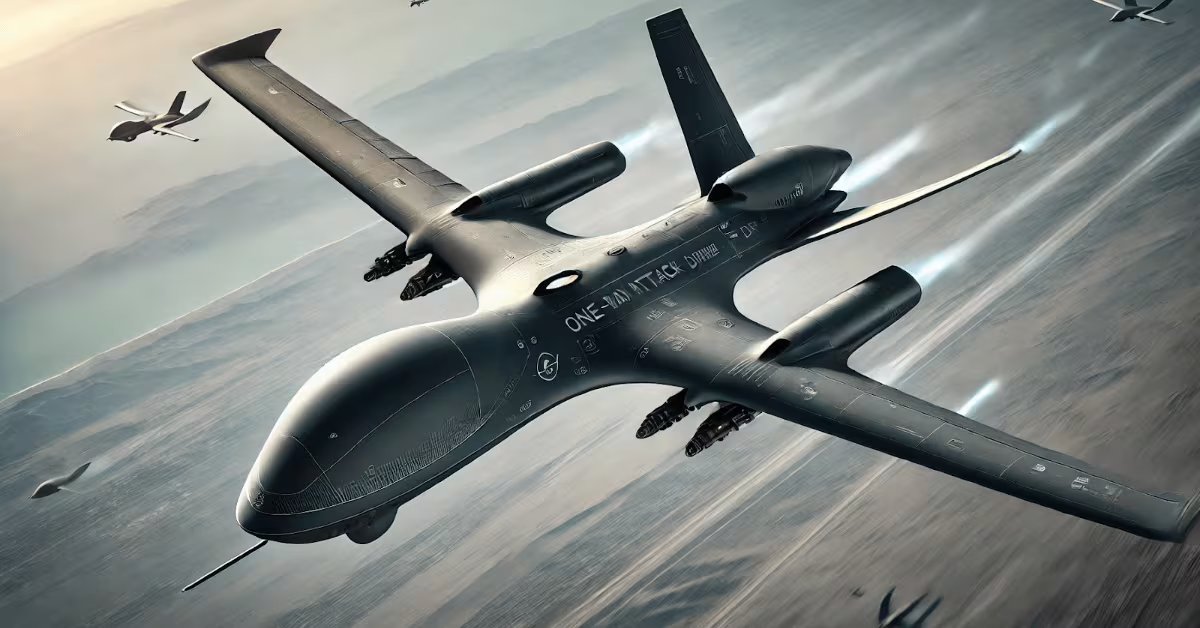WASHINGTON — The U.S. Air Force on Wednesday began the process of retiring the B-1 Lancer, as the “Bone” bomber flew to the Air Force’s boneyard where divested aircraft are kept in storage.
The Air Force plans to retire 17 of its 62 B-1s, as authorized by Congress in the fiscal 2021 defense policy bill. The service said divesting its most battered and difficult-to-maintain B-1s would free up maintainers to restore the health of the remaining Lancer fleet.
Gen. Tim Ray, who leads Air Force Global Strike Command, described the retirement of the B-1 as “something we have been working toward for some time” to transition to the B-21 Raider in the mid-2020s.
“Due to the wear and tear placed on the B-1 fleet over the past two decades, maintaining these bombers would cost 10s of millions of dollars per aircraft to get back to status quo,” he said in a statement. “And that’s just to fix the problems we know about. We’re just accelerating planned retirements.”
After a single B-1 was sighted flying around Arizona on Wednesday evening, an Air Force spokesman confirmed to Military.com that one B-1 from Ellsworth Air Force Base in South Dakota was making its way toward Davis-Monthan Air Force Base, Arizona. Davis-Monthan AFB is home to the “boneyard,” where the Air Force stores thousands of retired military planes, keeping aircraft safe so that parts can be harvested.
Four of the 17 retired B-1s will be required to be maintained in “type 2000 recallable storage,” which would allow the Air Force to put those aircraft back into service if needed. Forty-five B-1s will be left in the active-duty inventory after the 17 bombers are divested.
The B-1B has been flown hard in combat over the last two decades, and continued operations over the Middle East have “taken a toll on the airframe’s structure,” the Air Force said in a statement. Currently, a small portion of the B-1B fleet would require anywhere from $10 million to $30 million per plane to maintain the “status quo.”
In the FY21 National Defense Authorization Act, Congress prohibited the Air Force from reassigning any maintenance personnel currently working on the B-1, ensuring that maintainers can devote their attention to increasing the readiness of the B-1 inventory.
“Retiring aircraft with the least amount of usable life allows us to prioritize the health of the fleet and crew training,” Ray said. “Our ability to balance these priorities will make us more capable and lethal overall.”
The last B-1 is slated to leave service in 2036.
Valerie Insinna is Defense News' air warfare reporter. She previously worked the Navy/congressional beats for Defense Daily, which followed almost three years as a staff writer for National Defense Magazine. Prior to that, she worked as an editorial assistant for the Tokyo Shimbun’s Washington bureau.








